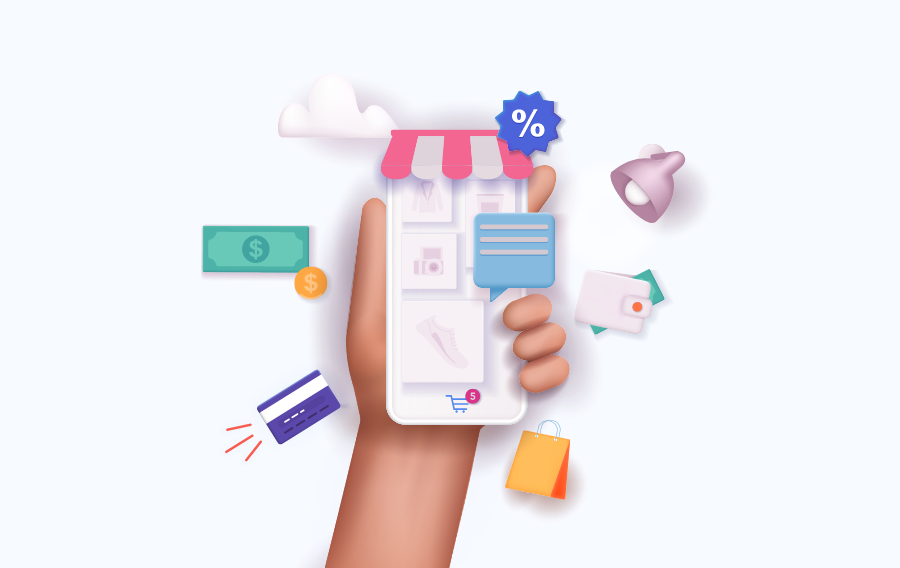To be frank, the “Buy now, pay later” (BNPL) concept is not something we are not unfamiliar with. As generations of X and Y, we may remember different financing methods allowing consumers to buy and pay the price not at that moment but a future date. However, in the late 80s and the beginning of the 90s, these options were limited in certain chains of stores. Thus, outside the circle, you could only spend what is in your pocket. Although they mostly get mixed with credit cards due to their “pay later” pillar, they are oranges and apples in principle. To clear the clouds, we better define Buy Now Pay Later to our readers.
What Is “Buy Now, Pay Later”?
Briefly, BNPL (Buy-Now-Pay-Later) is an instalment plan of money lending the amount at that moment and allows consumers to pay on a predetermined date. In this process, when the consumer purchases goods or services, BNPL financiers pay the amount to the merchants on their behalf. The number of subject instalments and the repayment period are set according to the total amount and an agreement between BNPL financiers and clients.
Actually, this lending system traces back to the 19th century. Back then, to buy expensive goods such as pianos, furniture, farm equipment or ultra-expensive dresses like in the legendary novel Madame Bovary was challenging. You would need to deal with a financier or the merchant itself to arrange an instalment schedule as provisions on credit and repay them later.
As we have mentioned before, the process can be mixed with using a credit card, yet there is an apparent difference between these two popular payment methods: the extras! First of all, one of the most appealing advantages of BNPL is whether the cardholder pays their debt on time; they do not need to pay extra interest. Plus, unlike credit cards, “buy now pay later” payments do not include annual fees, transfer expenses, exchange fees or late payment fees. These titles can be really unpleasant for consumers and may lead to severe conflicts between sides. However, the BNLP payment method is not as pure as the driven snow either. Along with the available pros of buy now pay later, consumers will encounter some disadvantages regarding shopping habits.
Buy Now, Pay Later Disadvantages
Like multiple payment methods, BNPL payments carry out some drawbacks compared to others on the available market. For instance, although it looks like a rosy free option for consumers, financiers take a cut higher than typical card transactions (debit or credit), and this processing percentage may vary from 3% to 8%, which is from 1% to 3.5% for card transactions fees.
When it comes to consumers, the issue starts when they fall behind on instalment payments. If the consumer does not pay the debt persistently, these accounts may be repositioned to debt collection agencies, leading to even higher late payment fees. In this way, the debt may increase tremendously in no time. Let’s not forget that missing a payment can affect your credit score bitterly and complicate your further attempts for loans or mortgage credits. Thus, those who want to open a BNPL account must also keep in mind their credit rating may be in jeopardy.
One of the most appealing cons of buy now pay later is normalising debt. Since the account holders spend the money they do not have, this method can quickly induce over-shopping along with excessive consumption for society which is already a massive problem in today’s world. Consumers must never overlook the verity that this credit amount is not their money but a loan from a financier.
All in all, BNPL is one of the trendy practices as it was decades ago. Especially new generations standing clear from exhausting account creations, tiring banking limitations, and security issues prefer convenient shortcuts such as Buy Now Pay Later financiers. We highly recommend our readers to analyse their needs and apply the most suitable payment methods for their finances besides their spending habits.



